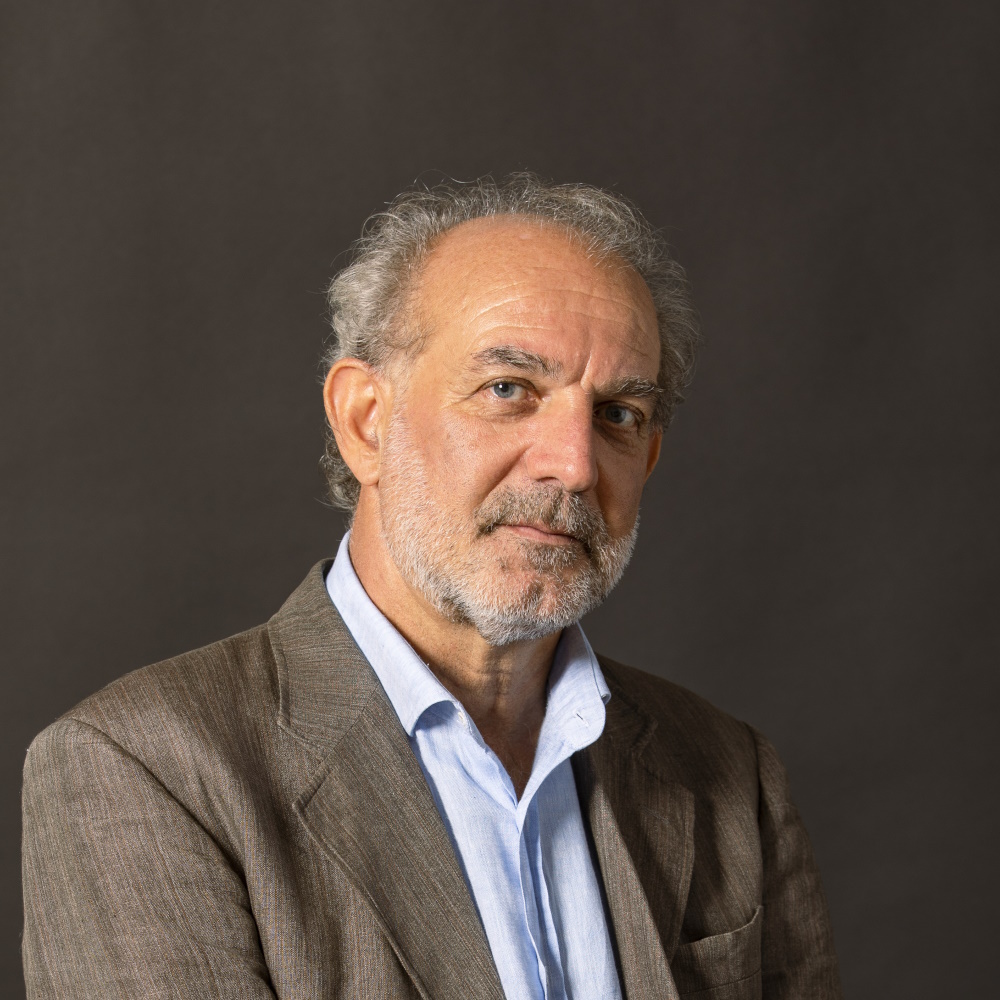Designing the Health
The built environment is biologically fundamental for promoting emotional well-being
Published 19 settembre 2023 – © riproduzione riservata
Hippocrates (460 BC) considered that well-being is a state of harmony with oneself and the environment and that everything that affects the mind necessarily influences the body. In classical Greece, the importance of the built environment for the health and well-being of sick people was already discussed, talking about environmental causes, natural treatments for diseases, the therapeutic significance of psychological factors, nutrition and lifestyle, the interdependence of mind, body, and spirit, and the need for harmony between the person, the social environment, and the natural environment. The ancient concept of health was focused on health (and well-being) itself and how to enhance it through a holistic approach.
However, in modern times, attention has shifted to disease: how to heal when sick and avoid illness (prevention). In the S. XIX, nurse Florence Nightingale developed her environmental theory, contributing critical, holistic thinking to the field of nursing and promoting care for the environment to facilitate a better and faster recovery of patients.
Scientific evidence indicates the importance of the experience of emotions and the positive effects the environment provides, leading us to a state of well-being. In the case of healthcare environments, its impact on users is even more significant due to the vulnerability, concern, and anguish that patients are going through and, on the other hand, the stress situation that professionals can suffer.
Architecture is a tool to promote the development of emotional well-being through respectful and therapeutic environments, becoming facilitators of physical and mental recovery.
User profiles are more than one, and they all must live together inside those volumes named healthcare facilities, as all interpersonal relationships are critical to boosting the patients’ healing path. Notably, after the COVID pandemic, staff members, such as nurses and doctors, are leaving public hospitals at an alarming rate. Designers must also consider the role of caregivers as motivators, as we should know how crucial the patient’s psychological mindset is to favour recovery. Consequently, architects must know how to plan new supportive units for staff and caregivers, permitting them to rest and recharge energy, easing their jobs and support endeavours. Accordingly, on the other hand, designers must be aware of their responsibility for shaping healthcare facilities that can profoundly affect the users’ emotional well-being.
Neuroscience is the discipline that helps us understand how our brain works and, therefore, how the built environment influences each person. At the same time, it is essential to integrate other disciplines in the design process to cover the entire holistic dimension of the person and reach the desired result. Beyond technological integrations of new systems and the adhesion to new models of diffused care outside the hyper-specialised big ‘healthcare hubs’, scientific evidence stresses how environments deprived of quality make more prolonged and more painful healing processes, working negatively on psychological and neuro-biological dimensions.
This section will explore the new perspective we are trying to ground. We will do it through four-level readings: a book review (Constructing Health, by Tye Farrow), an interview (Femke Feenstra, architect and partner at Gortemaker Algra Feenstra), a thesis degree work publication (The Path. How to foster children’s & adolescents’ emotional well-being through architecture, by G. Boggio, B. Moser, C. Rius and C. Ruiz Figari), and a new building design (Children’s Hospice in Bologna, Italy, by Renzo Piano Building Workshop).

Architetto, a Milano guida TA TUNING ARCH, società dedicata all’applicazione delle neuroscienze al progetto architettonico che vanta interventi nel settore dell’housing sociale, delle residenze per anziani, ospedali, aeroporti, logistica, scuole, uffici. Ha fondato e dirige NAAD Neuroscience Applied to Architectural Design, ad oggi nel mondo il primo Master internazionale nato sullo stesso tema, all’Università Iuav di Venezia. Ha co-fondato la nuova rivista «Intertwining», sul rapporto tra scienza, cultura umanistica e architettura, edita da Mimesis International. Ha pubblicato “L’architettura delle differenze” (2013) e “Tuned Architecture” (con Vittorio Gallese, 2016), oltre a saggi e articoli in varie riviste d’architettura. Sempre presso Mimesis è stato pubblicato “Tuning Architecture with Humans” (2023)


